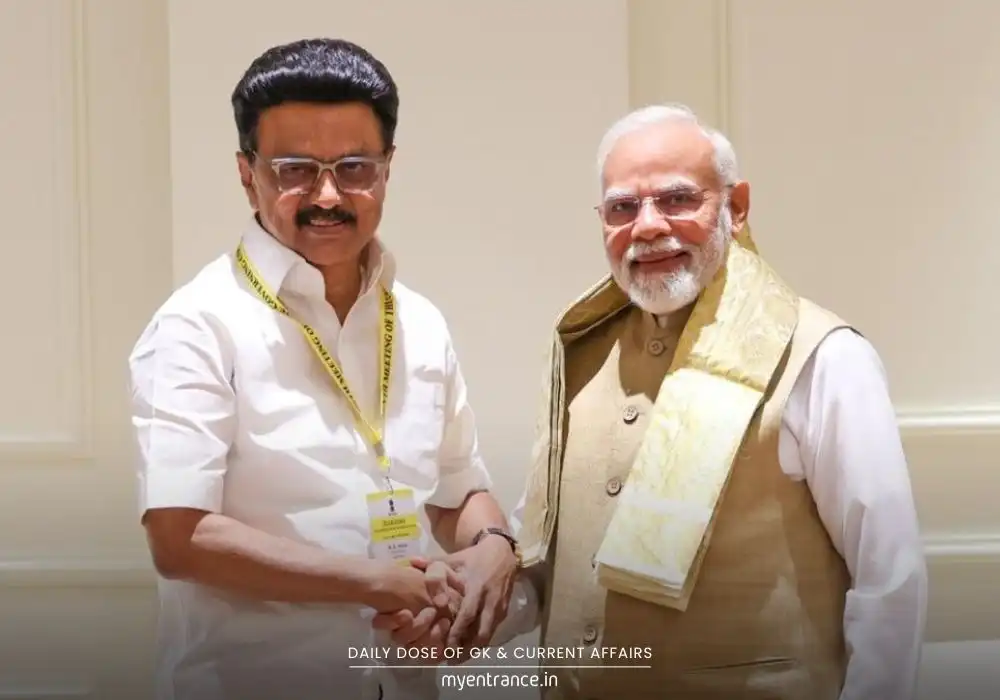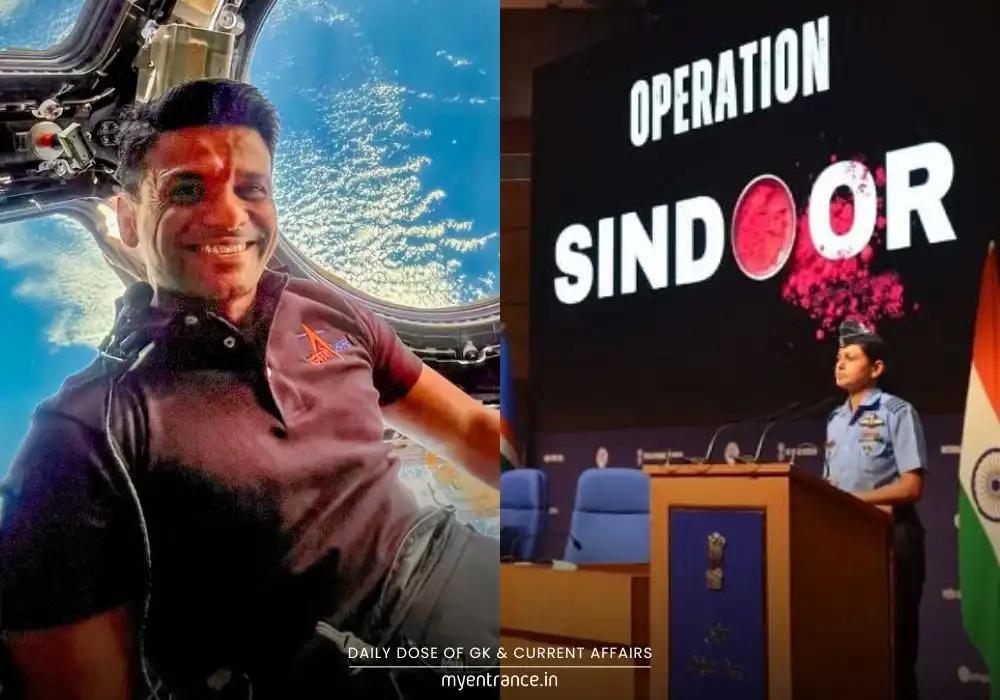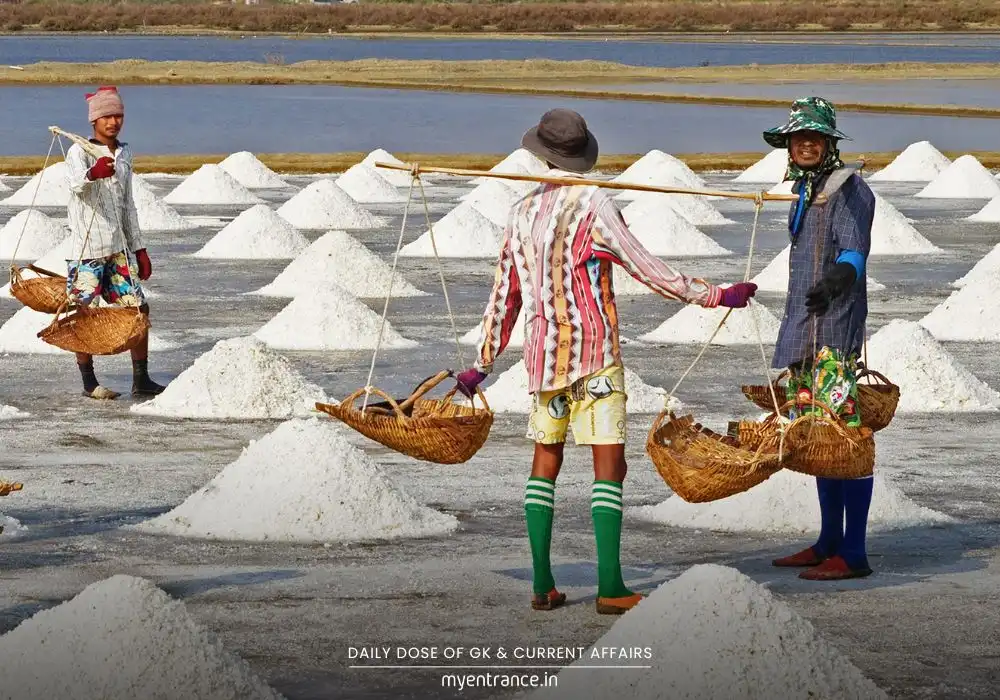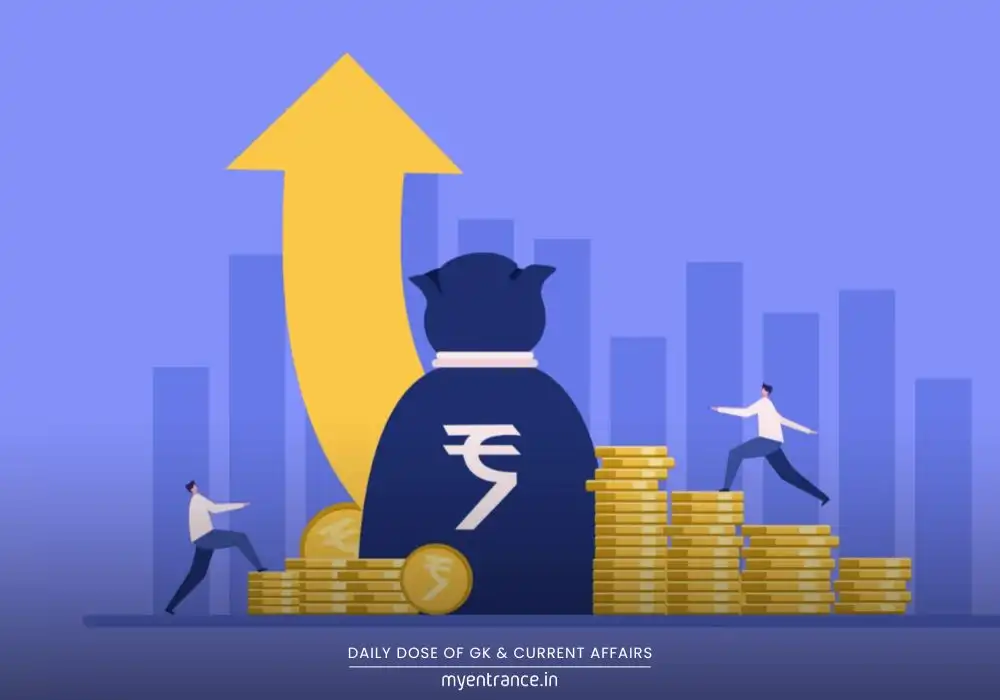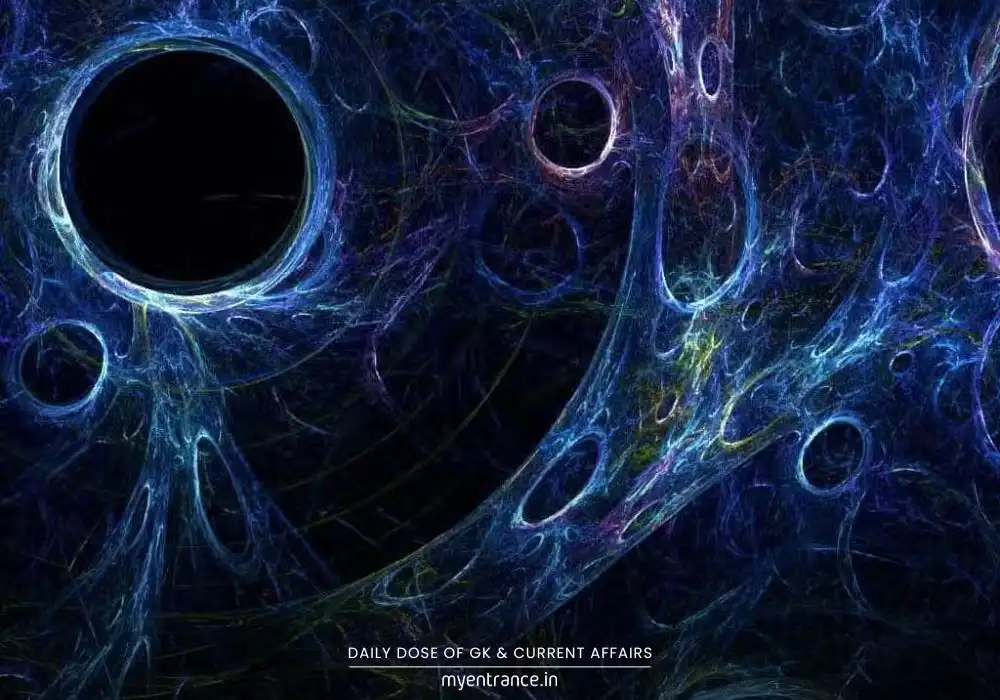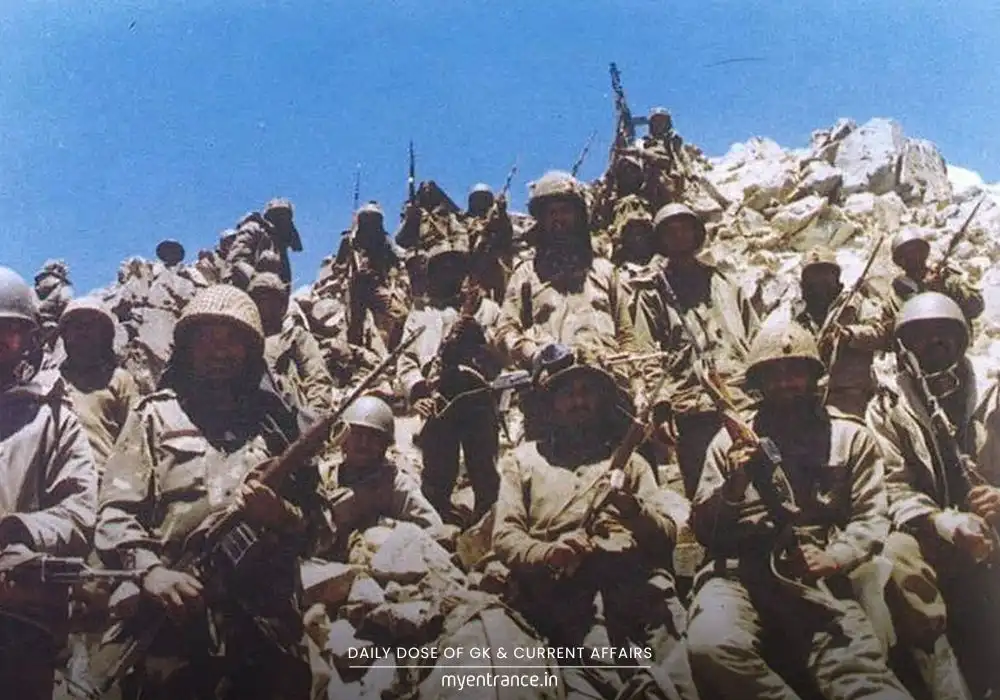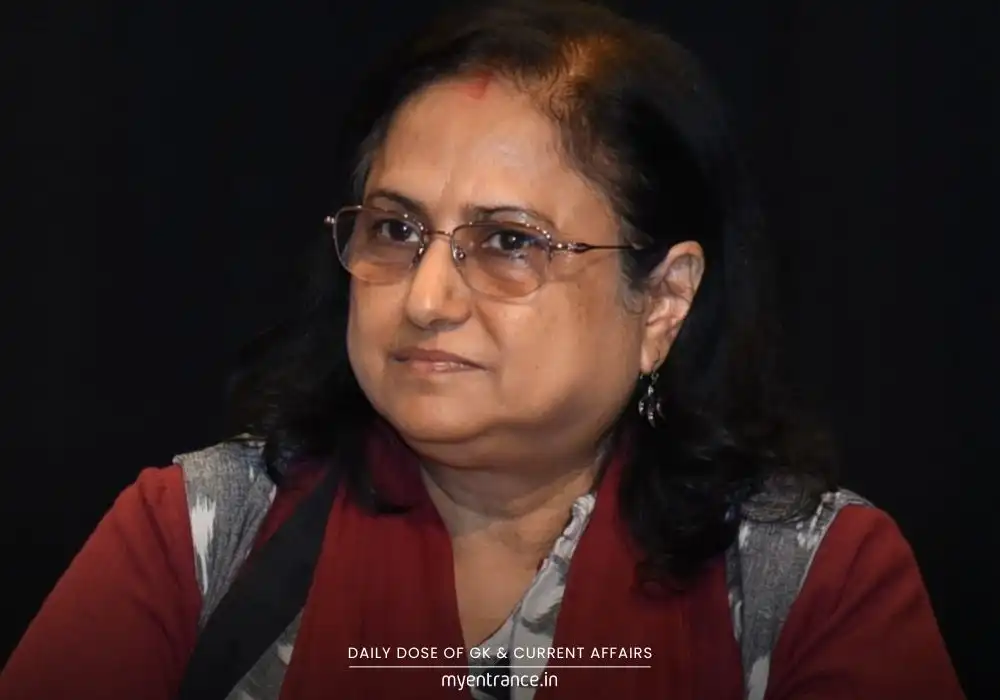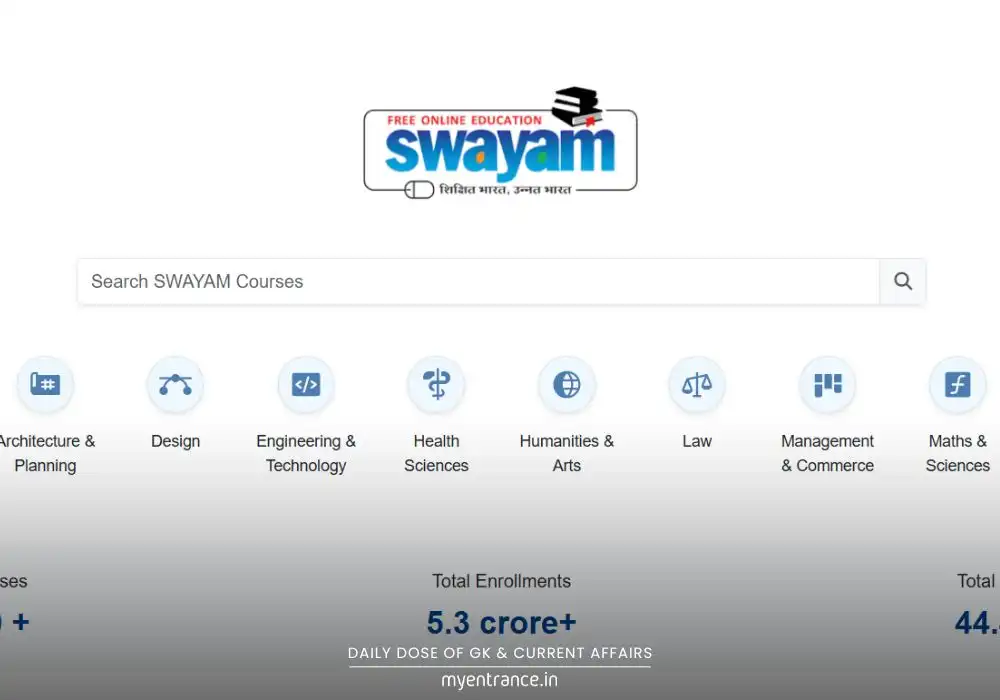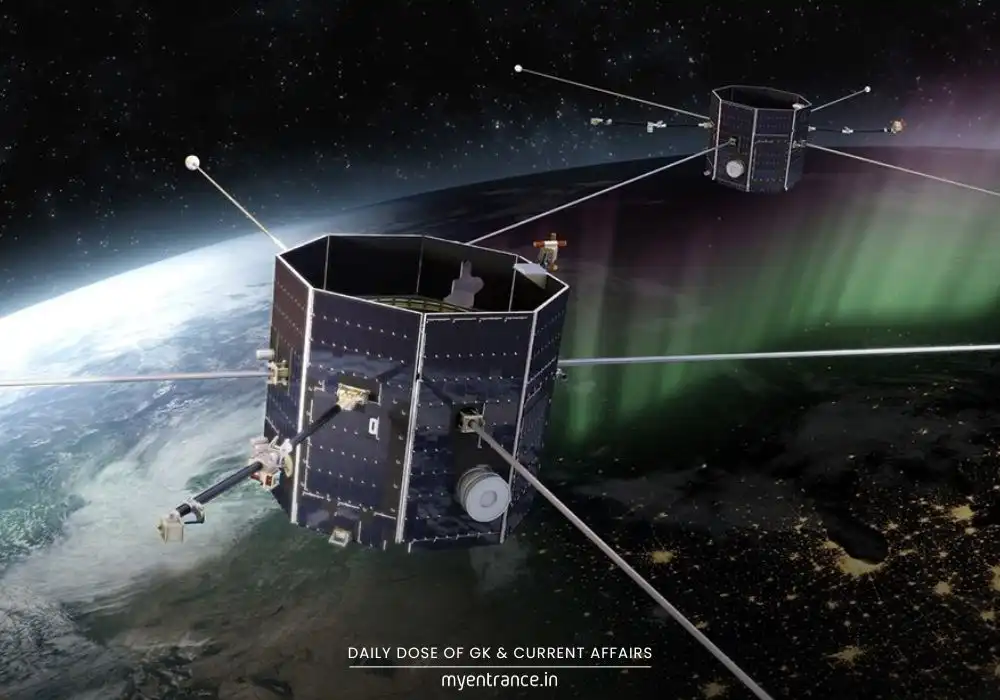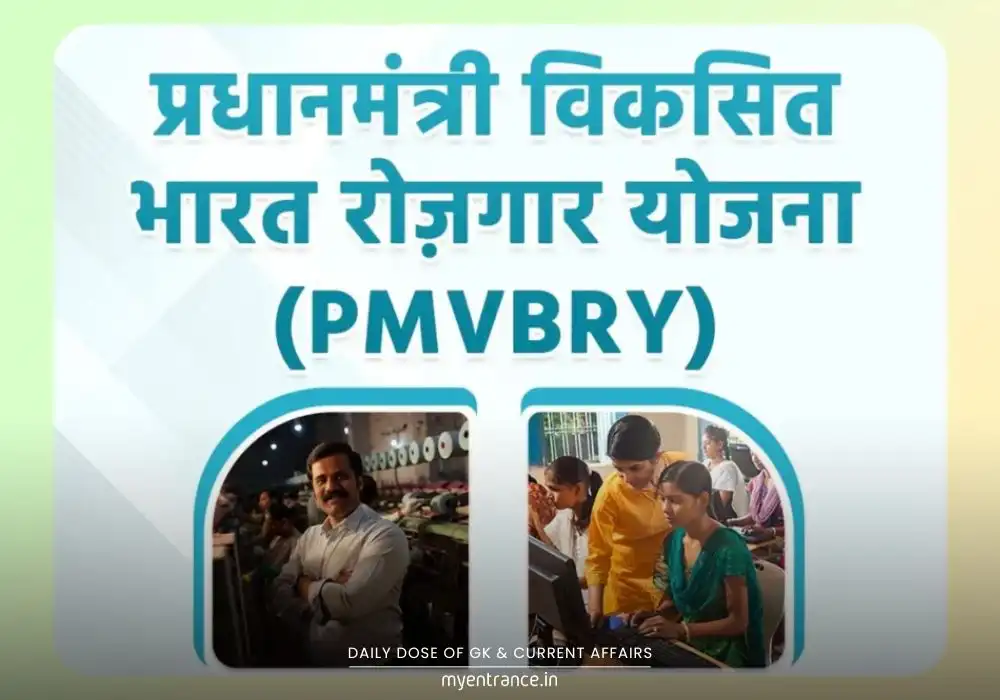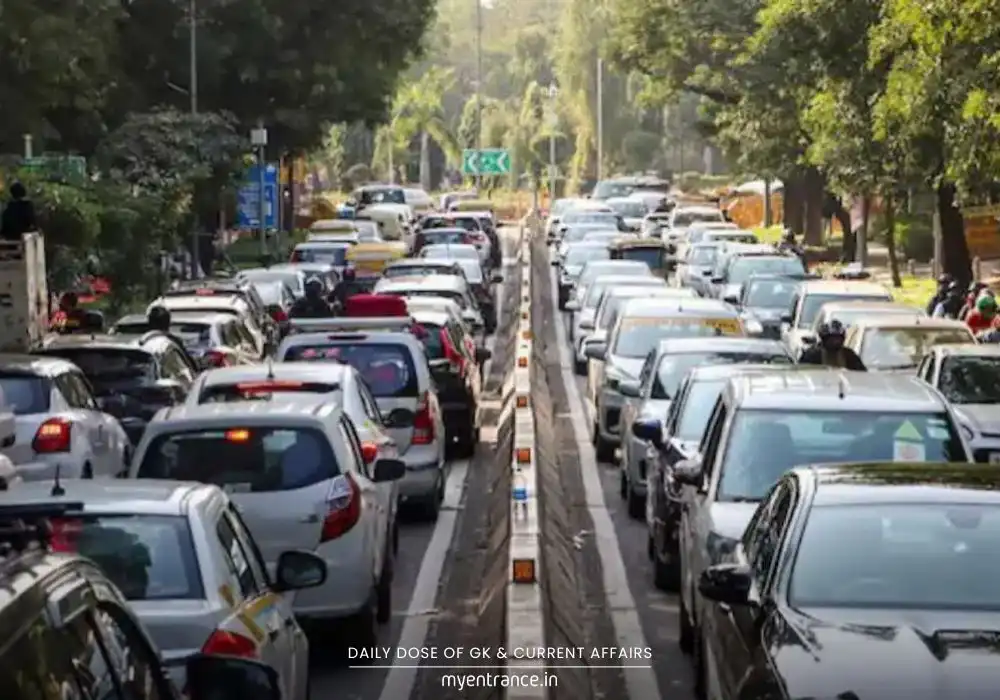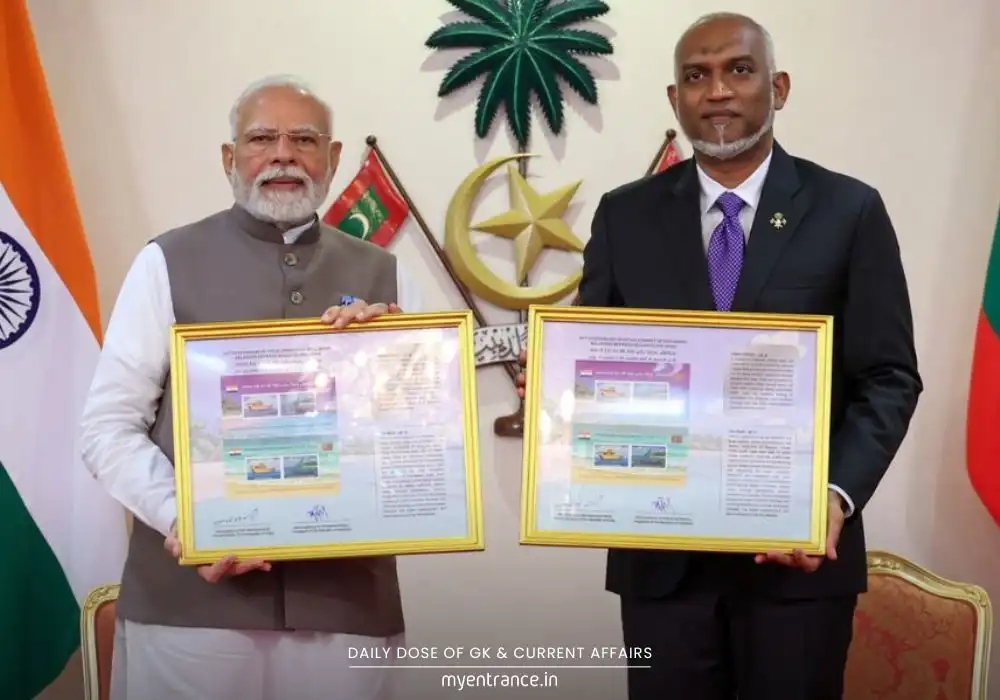Translate Language
Why Did NCERT Cut ‘In-Depth’ History from Middle School Textbooks?
NCERT’s new Social Science textbooks for classes 6-8 offer a panoramic view of Indian history – not detailed deep dives. Chairperson Michel Danino argues this “broad survey” aligns with NEP 2020’s push for reduced rote learning. But recent criticism over “omitted” events like the Paika Rebellion has sparked debate.

The freshly launched NCERT Social Science textbooks for Classes 6, 7, and 8 are designed as a “broad survey” of India’s journey – from ancient civilizations to Independence. According to Michel Danino, who heads NCERT’s Social Science curriculum group, an “in-depth, detailed treatment of any period is not only impossible but undesirable.” Why? He argues stuffing textbooks with excessive facts overwhelms students, leading to resentment rather than real learning.
Danino (a guest professor at IIT Gandhinagar) recently addressed criticism of the new books, especially after the Class 8 Part 1 textbook release. He clarified this streamlined approach ensures every student gets a historical overview before potential dropouts leave school after Class 8. Importantly, he stresses that “broad” doesn’t mean shallow. The books intentionally highlight key figures, pivotal events, and foundational concepts meant to stay with learners for life.
This shift springs directly from the National Education Policy (NEP) 2020 and the National Curriculum Framework (NCF) 2023. The goal? Moving away from “data-heavy” textbooks that encouraged rote memorization. Instead, the focus is now on core principles, critical developments, and engaging classroom discussions.
What about the “missing” chapters? Critics noted omissions like Odisha’s Paika Rebellion against the British. Danino responds: there are no deliberate cuts. The entire structure is new – weaving history, geography, political science, and economics into a single volume per class. Combining four subjects into one naturally reduces content depth, fulfilling NEP 2020’s mandate.
Take the Class 8 textbook’s coverage of anti-colonial rebellions: only 6 of 23 significant uprisings are featured. Danino asks: Who decides which rebellions are “major”? Including every revolt could lead to endless demands for inclusion from every region. The selected examples, he says, represent the widespread discontent against colonial rule – without overwhelming young learners.
Get 3 Months Free Access for SSC, PSC, NIFT & NID
Boost your exam prep!
Use offer code WELCOME28 to get 3 months free subscription. Start preparing today!
